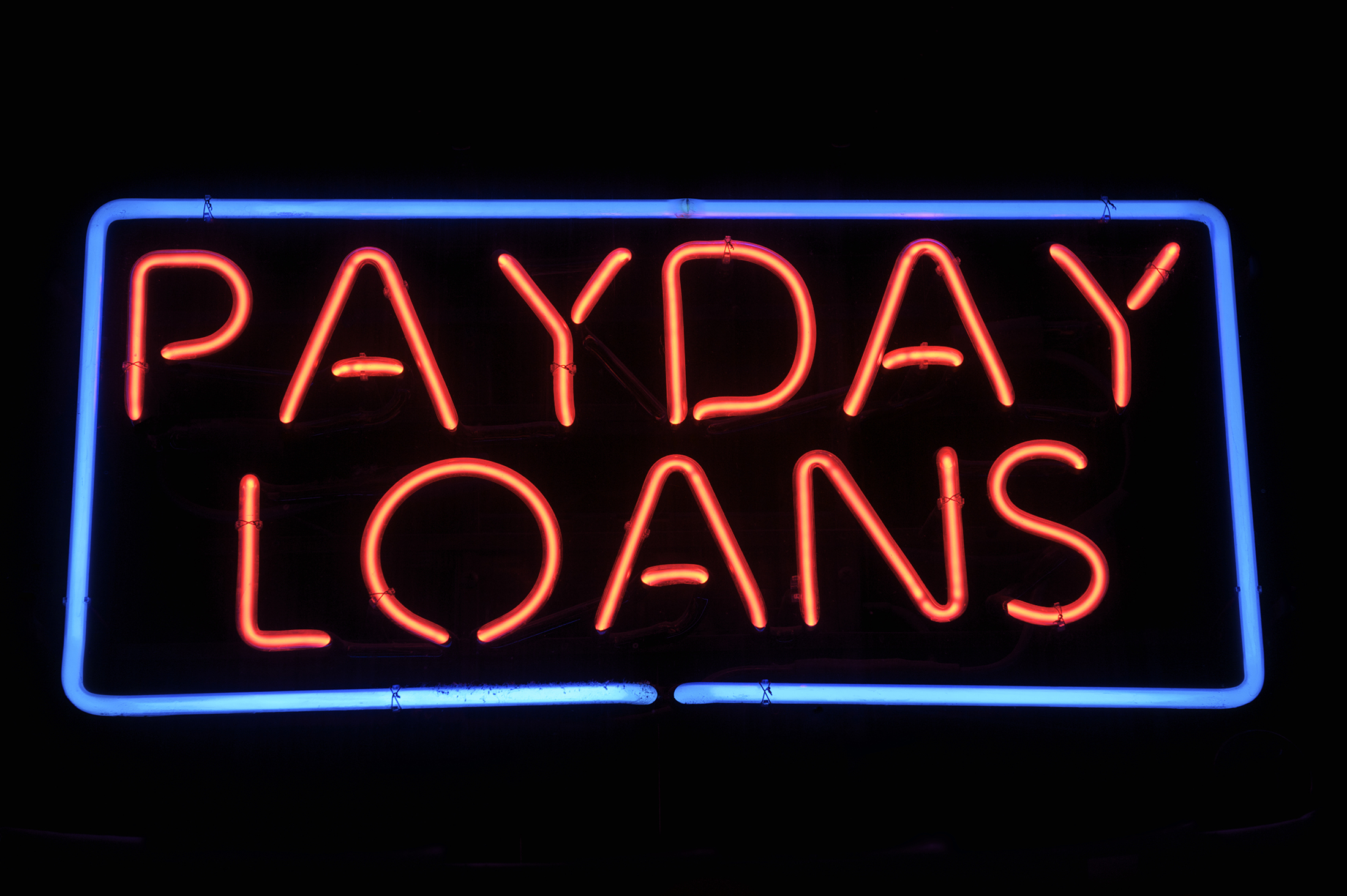A Partial Defense Of Payday Lenders Banks Are Just As Bad
A partial defense of payday lenders banks are just as bad. When it comes to financial services, banks have long been considered the gold standard. They offer checking and savings accounts, credit cards, and loans to millions of customers around the world.
Author:Emmanuella SheaReviewer:Frazer PughMar 17, 20236 Shares341 Views

A partial defense of payday lenders - banks are just as bad. When it comes to financial services, banks have long been considered the gold standard. They offer checking and savings accounts, credit cards, and loans to millions of customers around the world.
A Partial Defense Of Payday Lenders Banks Are Just As Bad
In recent years, banks have come under fire for their predatory lending practices, particularly when it comes to overdraft fees and high-interest credit cards. This has led some to argue that payday lenders, often demonized for their high-interest rates and short repayment terms, may actually be a better option for consumers in need of quick cash.
While there are certainly valid criticisms of payday lenders, this article argues that banks are just as bad, if not worse and that there is a place for payday lenders in the financial ecosystem.
The Problems With Banks
One of the biggest problems with banks is their use of overdraft fees. When customer overdrafts their account, meaning they spend more money than they have in their account, banks will often charge them a fee of $35 or more per transaction.
This can add up quickly, especially for those living paycheck to paycheck. According to a study by the Consumer Financial Protection Bureau (CFPB), the median overdraft fee is $34, and the median amount of overdraft coverage is just $24. This means that customers are often paying more in fees than the amount they overdraw their account by.
In addition to overdraft fees, banks are also known for their high-interest credit cards. While these cards may come with rewards programs and other perks, they also often have interest rates of 20% or more. This can be a major burden for those carrying a balance from month to month, as the interest charges can quickly surpass the amount of the original purchase.
The Pros And Cons Of Payday Lending - A Critical Analysis
Payday lending is a type of short-term lending that has grown rapidly over the past decade. It is a business model that provides small loans, ranging from $100 to $200, to poor and low-income households who may not have access to credit from other financial institutions due to poor credit histories.
The loan is backed by a post-dated personal check that the borrower agrees to cover with sufficient funds out of their next paycheck. However, the payday lending industry has been the subject of criticism from various quarters, who argue that it preys on vulnerable communities and leads them into chronic borrowing habits.

In Defense of Payday Lending
Pros Of Payday Lending
The payday lending industry provides small loans to those who would otherwise be unable to obtain credit. According to research, payday borrowers are more likely to have poor credit histories and to have worked with credit counselors in the past.
They are also more likely to have had one or more bounced checks in the previous five years. The industry, therefore, fills a gap in the market by extending credit to high-risk borrowers and providing loans to poor households when other financial institutions will not.
Moreover, payday lending services are a source of credit for low-income households who require quick cash to meet urgent needs, such as paying rent or utility bills. Unlike traditional lenders, payday lending establishments do not require a credit check, and the application process is simple and quick.
The loans are disbursed on the same day or within 24 hours of the application, providing an important source of immediate liquidity to those in need.
Cons Of Payday Lending
Critics of the payday lending industry argue that the interest rates charged on payday loans are excessively high and exploitative of poor borrowers who lack personal financial management skills. They point out that the annualized compound interest rate is easily in the triple-digit range.
For example, the median payday loan fee in North Carolina is $36, and the median two-week loan is $244, yielding an effective annual percentage rate of 419 percent on the median loan.
Moreover, payday lenders are alleged to purposely keep their low-income customers dependent, forcing them to return month after month. Payday lending establishments may offer to "roll over" the initial debt by asking the borrower to pay an additional fee to defer the loan or to write a second postdated check in place of the original.
This "predatory" lending is seen by critics as a way for payday lending firms to increase profits and keep customers in chronic dependency on payday loans.
Government Intervention In The Payday Lending Industry
Critics of the payday lending industry propose further government regulation of the financial institutions that provide payday lending services, usually in the form of caps on the fees that these business firms can charge.
However, government intervention is not the answer. In fact, previous government regulation in the consumer finance industry has led to the rapid growth of the very payday lending practices so reviled by critics.
The law of unintended consequences prevails, leading to outcomes that are directly opposite those sought by government regulators. Further government intervention will likely increase the cost of credit to poor and low-income households, reduce the availability of credit to high-risk borrowers, and limit competition in the payday lending industry, ultimately harming the very people that the critics of payday lending claim to be protecting.
People Also Ask
How Can Payday Lenders Be Defended?
Some argue that payday lenders offer a necessary service to people who have difficulty accessing credit through traditional channels. They also argue that payday loans are often cheaper than other forms of short-term credit, such as bank overdrafts or credit card cash advances. However, critics point out that payday loans often come with high fees and interest rates that can trap borrowers in a cycle of debt.
Are Payday Lenders Worse Than Banks?
Some argue that payday lenders are worse than banks because they often target vulnerable populations and charge exorbitant fees and interest rates. However, others argue that banks can be just as bad, particularly when it comes to overdraft fees and other hidden charges.
Do Payday Lenders Help People?
Supporters of payday lenders argue that they provide a necessary service to people who are unable to access credit through traditional channels. They argue that payday loans can help people in emergencies, such as unexpected car repairs or medical bills. However, critics point out that payday loans often come with high fees and interest rates that can trap borrowers in a cycle of debt, making it difficult to escape financial hardship.
Conclusion
In conclusion, while there are valid arguments in support of the claim, a partial defense of payday lenders banks are just as bad, but it does not necessarily hold up under scrutiny. It is important to acknowledge the shortcomings of both payday lenders and traditional banks, but also to consider potential solutions that prioritize consumer protection and financial inclusion.

Emmanuella Shea
Author

Frazer Pugh
Reviewer
Latest Articles
Popular Articles